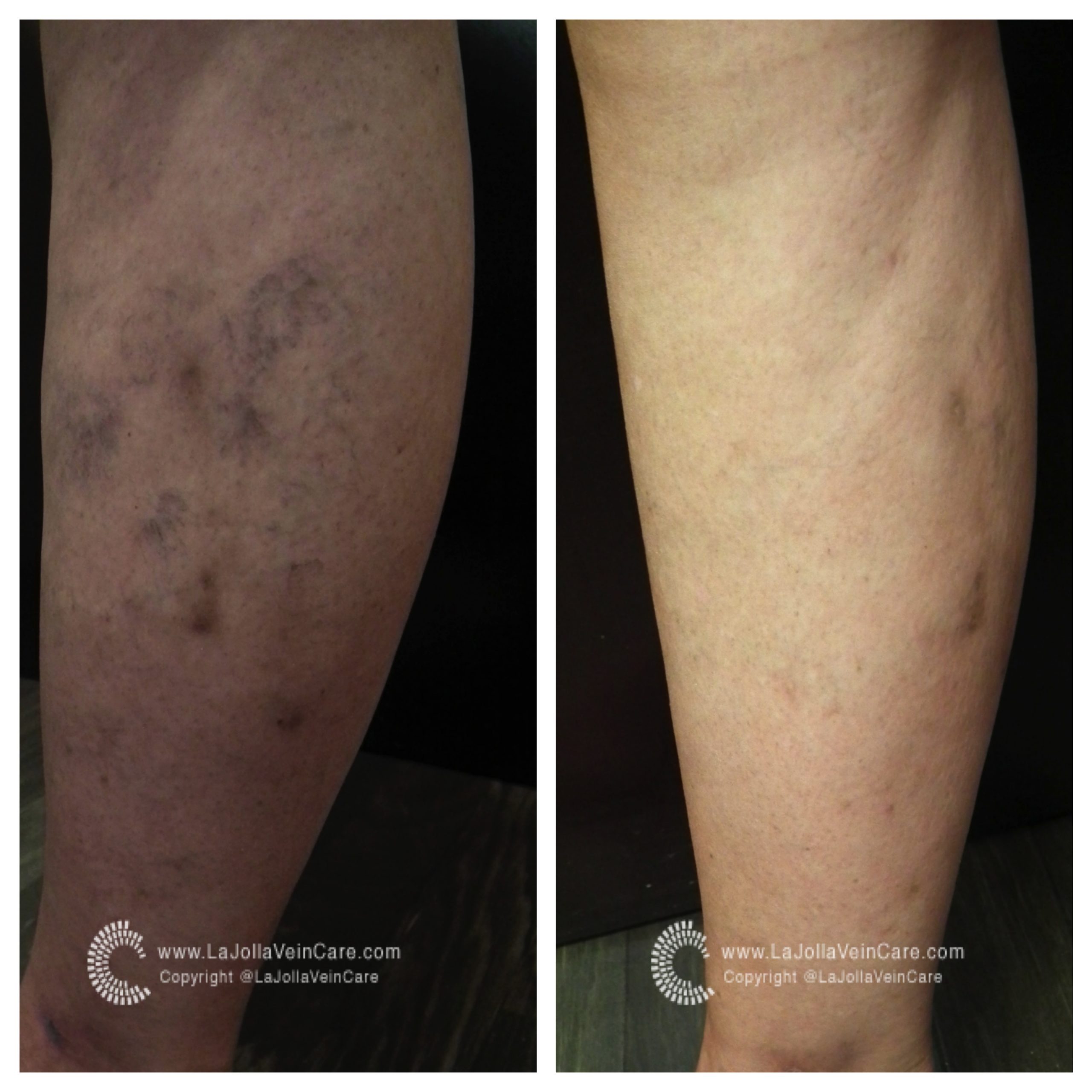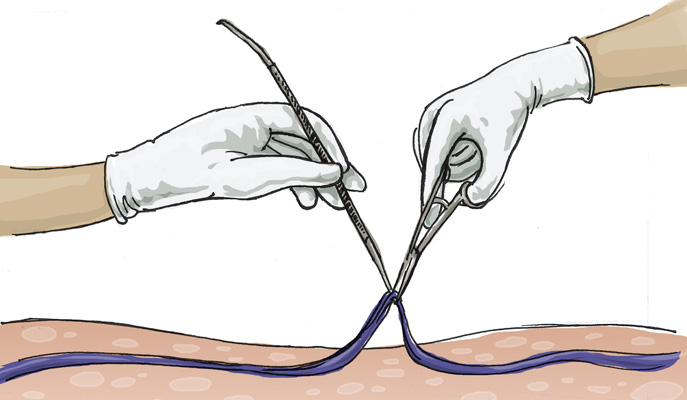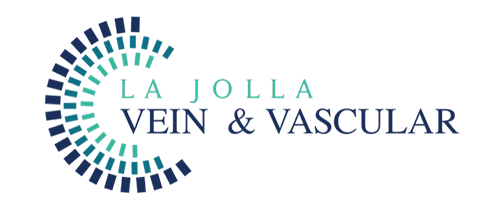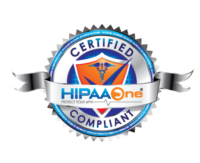Before and After Photos: Spider Vein Treatment
La Jolla Vein Care2021-11-04T00:05:03-07:00This patient recently asked us to post his ‘before and after photos of his spider veins on the inner ankle (medial malleolus) following treatment here at La Jolla Vein Care. He is a 62-year-old gentleman whose wife found the appearance of these unsightly veins a nuisance and they also caused itching. As a result, he […]




